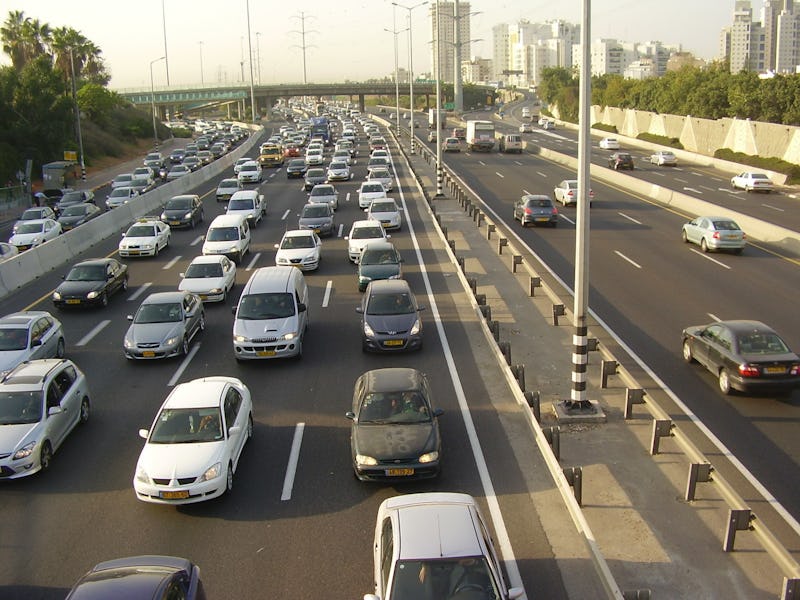
The American economy is increasingly hostile towards traditional notions of the workplace. Surveys on the trends of worker orientation tend to read like recipes for an apple pie no one wants to bake — and all tend to mention the increasing desire of the American worker to work from someplace besides, well, work.
There are benefits to meeting in an office, sure, for both employee and employer: an increased focus, a level of accountability, and the chance to consort, and complain, with coworkers. But data from a study by Ellen Galinsky, a researcher with the U.S. Department of Labor, found sixty percent of employees with high access to flexibility were “very satisfied” with their jobs, while 44 percent of those with moderate access said they were “very satisfied,” and only 22 percent of those with low access said the same.
There is no substitute for the freedom one feels when the surly bonds of work don’t tie us down. The nightmare of rush hour may have something to do with those statistics. Studies estimate that the average human being spends (squanders?) around 38 hours a year stuck in traffic. In most major cities, rush hour has ballooned to encompass hours outside the 8-to-5. Chicago’s rush hour runs from 3 p.m. to 7 p.m.; drive past the Windy City between those hours and you’ll feel the gravitational pull, the way that density slows time, and bends light, toward its core.
But can the first trend, of increasing telecommuting, serve to solve the other? If going to the office is no longer as in demand, will that take cars off the road?
Peter Gordon isn’t sure. “The number of workers working remotely is growing, but still small,” says the University of Southern California public policy professor. “There are various blends of office and working at home; our data are not so good at tracking the various substitutions. Working via a blend could mean fewer commutes, [but they may be] made up for by longer and more distant ones. All the trends are toward more overall suburbanization.”
Data from GlobalWorkplaceAnalytics.com contests some of this. It finds that half the U.S. workforce is in a job that “is compatible with at least partial telecommute,” and that maybe a quarter of us telecommute sometimes. The trend is slowly but steadily increasing towards more telecommuting: “Regular work-at-home, among the non-self-employed population, has grown by 103% since 2005 and 6.5% in 2014, [representing] the largest year over year increase since before the recession.”
Gordon questions the viability of some of the work that can be done through telecommunication. “Knowledge is inevitably dispersed,” he says. “We gather it in two ways: in-person (we commute, meet, travel, network, visit) and electronically. The latter does not work for tacit knowledge, the stuff that is complex and requires conversation.”
That may be true about cues, body language, all the things we say without talking. Nevertheless, expectations are changing, and technology with it, especially as tech and transportation continue to meld.
“[My] wife and I are a two-car household,” Gordon says, “but will soon be a one-car-plus-Uber (or such) household.”
So perhaps the remote economy, working in conjunction with services like Uber and Lyft — which take cars not only off the road, but out of the garage or driveway — will save us some gridlock grief? “It’s always about substitutes,” Gordon says. “Do we deem the new option/mode a good or a bad substitute? That’s in the eyes of the beholder. It may be a generational thing — and it may evolve.”
Time will determine if the “substitute” of telecommunication can take the unpleasant taste of rush hour out of our mouths. It’s up to the employee, of course, to approach their employer and have that conversation. Despite the evolution of time, the same rule applies: You don’t get what you want if you never ask for it.